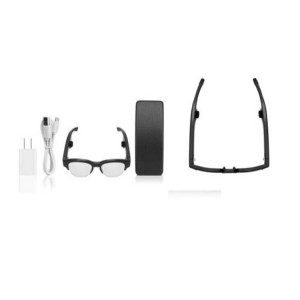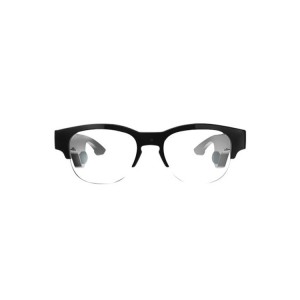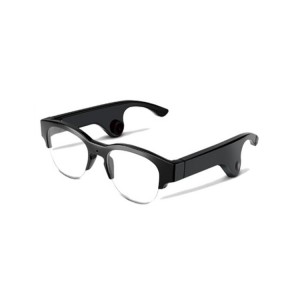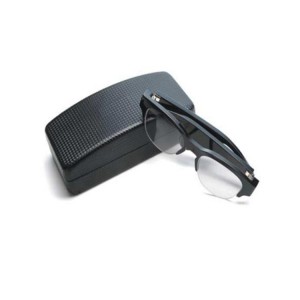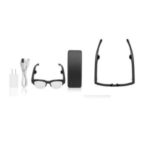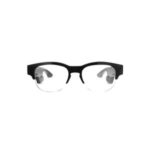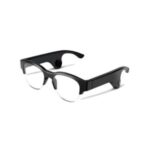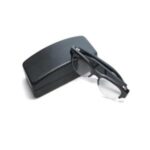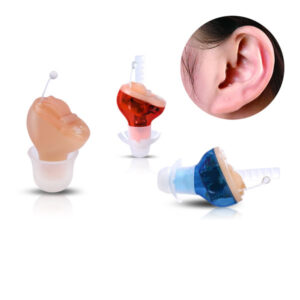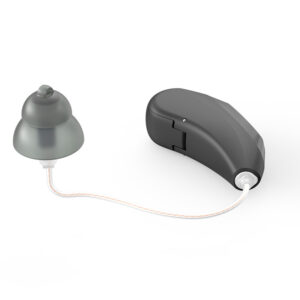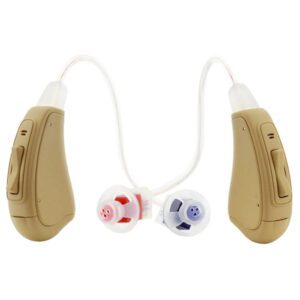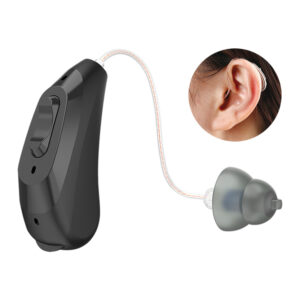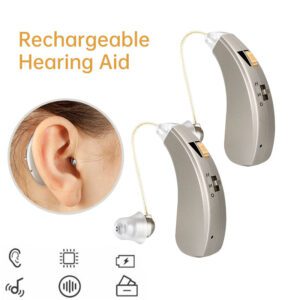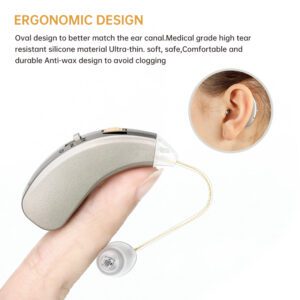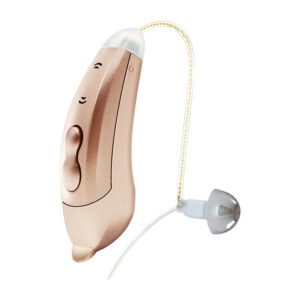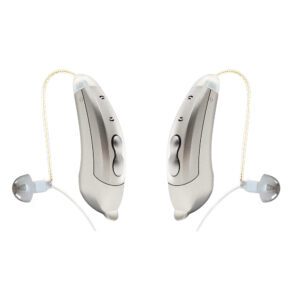A bone conduction hearing aid without surgery is a type of hearing device that utilizes bone conduction technology to help individuals with hearing Loss. Unlike traditional air conduction hearing Aids, which amplify sound through the ear canal, bone conduction hearing aids transmit sound vibrations directly through the skull to the inner ear, bypassing the outer and middle ear.
Who Can Benefit from It?
This type of hearing aid is suitable for individuals with:
- Conductive hearing loss (caused by conditions such as otitis media, ear canal blockages, or perforated eardrums).
- Single-sided deafness (SSD) – where one ear has profound hearing loss while the other has normal or near-normal hearing.
- Ear canal or middle ear abnormalities (e.g., microtia, atresia, or chronic infections).
- People who cannot or prefer not to undergo surgery for hearing restoration.
How Does It Work?
Bone conduction hearing aids consist of a vibration transducer that sits against the skull (typically behind the ear or on the temple). This transducer converts sound into vibrations, which are transmitted directly to the cochlea (inner ear), bypassing the outer and middle ear. The cochlea then processes these vibrations as sound, just like it would with normal hearing.
Types of Bone Conduction Hearing Aids Without Surgery
There are several types of non-surgical bone conduction hearing aids:
- Headband-Style Bone Conduction Hearing Aids
- Worn using a headband or soft band that keeps the transducer in place.
- Ideal for children or individuals with temporary hearing loss.
- Adjustable and easy to wear.
- Bone Conduction Glasses
- Integrates bone conduction technology into eyeglass frames.
- A great option for people who already wear glasses.
- Offers both hearing assistance and vision correction.
- Clip-On or Behind-the-Ear Bone Conduction Devices
- These clip onto the ear or sit behind it, using direct skull contact.
- Compact and less obtrusive than headbands.
- Often Bluetooth-enabled for additional functionalities.
Comparison: Bone Conduction vs. Air Conduction Hearing Aids
| Feature | Bone Conduction Hearing Aid | Traditional Air Conduction Hearing Aid |
|---|---|---|
| Sound Transmission | Through skull bone vibration | Through ear canal and eardrum |
| Suitable For | Conductive hearing loss, SSD | All types of hearing loss |
| Ear Canal Usage | Leaves the ear canal open | Blocks the ear canal |
| Surgical Requirement | No surgery needed | No surgery needed |
| Sound Quality | Good, but high frequencies may be weaker | More natural sound reproduction |
Pros & Cons
Pros
✅ Non-invasive – No surgery required.
✅ Ideal for conductive hearing loss – Works well for individuals with outer or middle ear problems.
✅ Keeps ear canal open – Suitable for people prone to ear infections.
✅ Versatile usage – Some models double as Bluetooth headphones for music and calls.
Cons
❌ Sound quality limitations – May not deliver as rich a sound as air conduction hearing aids.
❌ Comfort issues – Prolonged wear may cause discomfort or pressure on the skull.
❌ External noise interference – Open-ear design can lead to environmental noise distractions.

